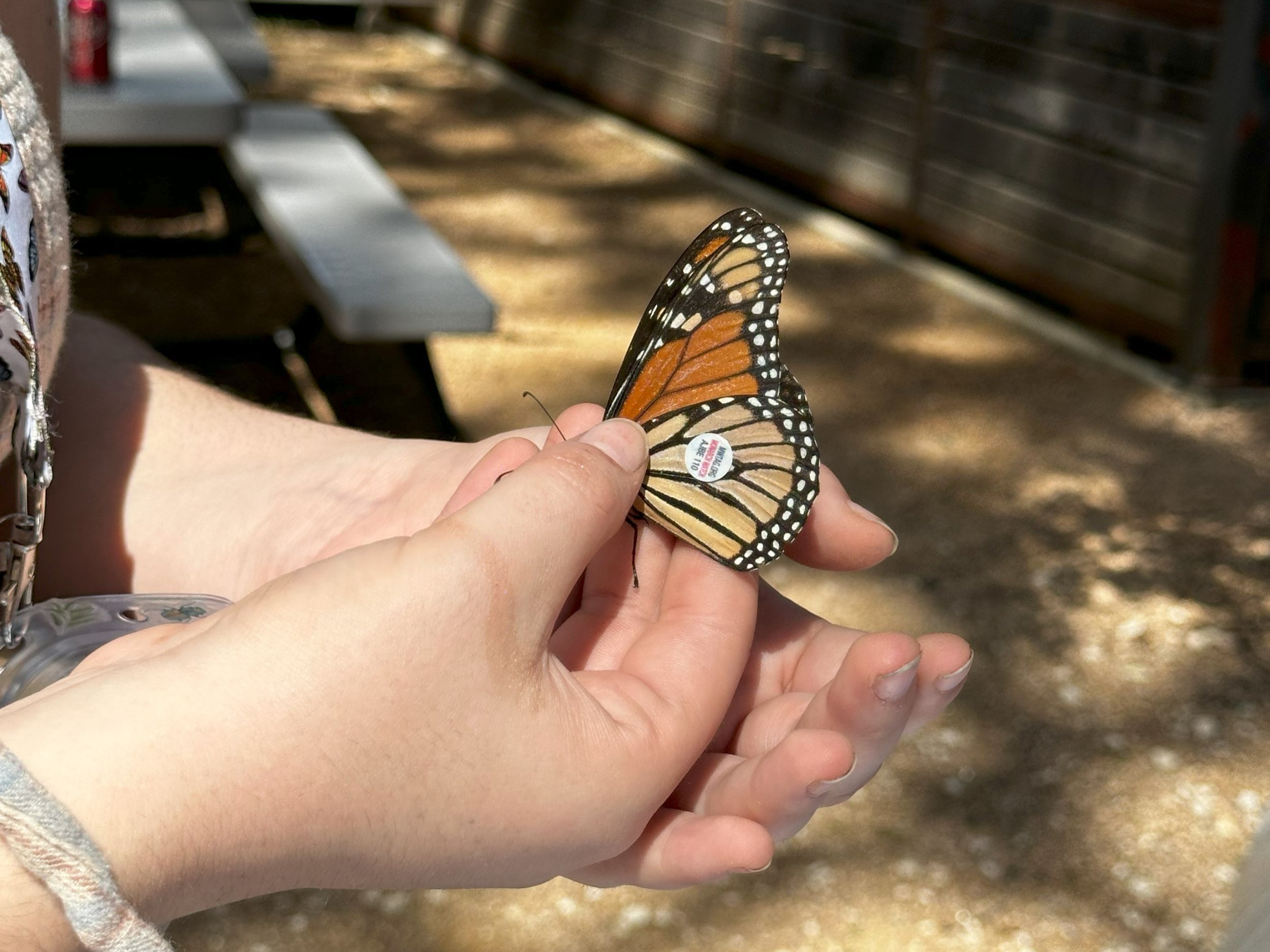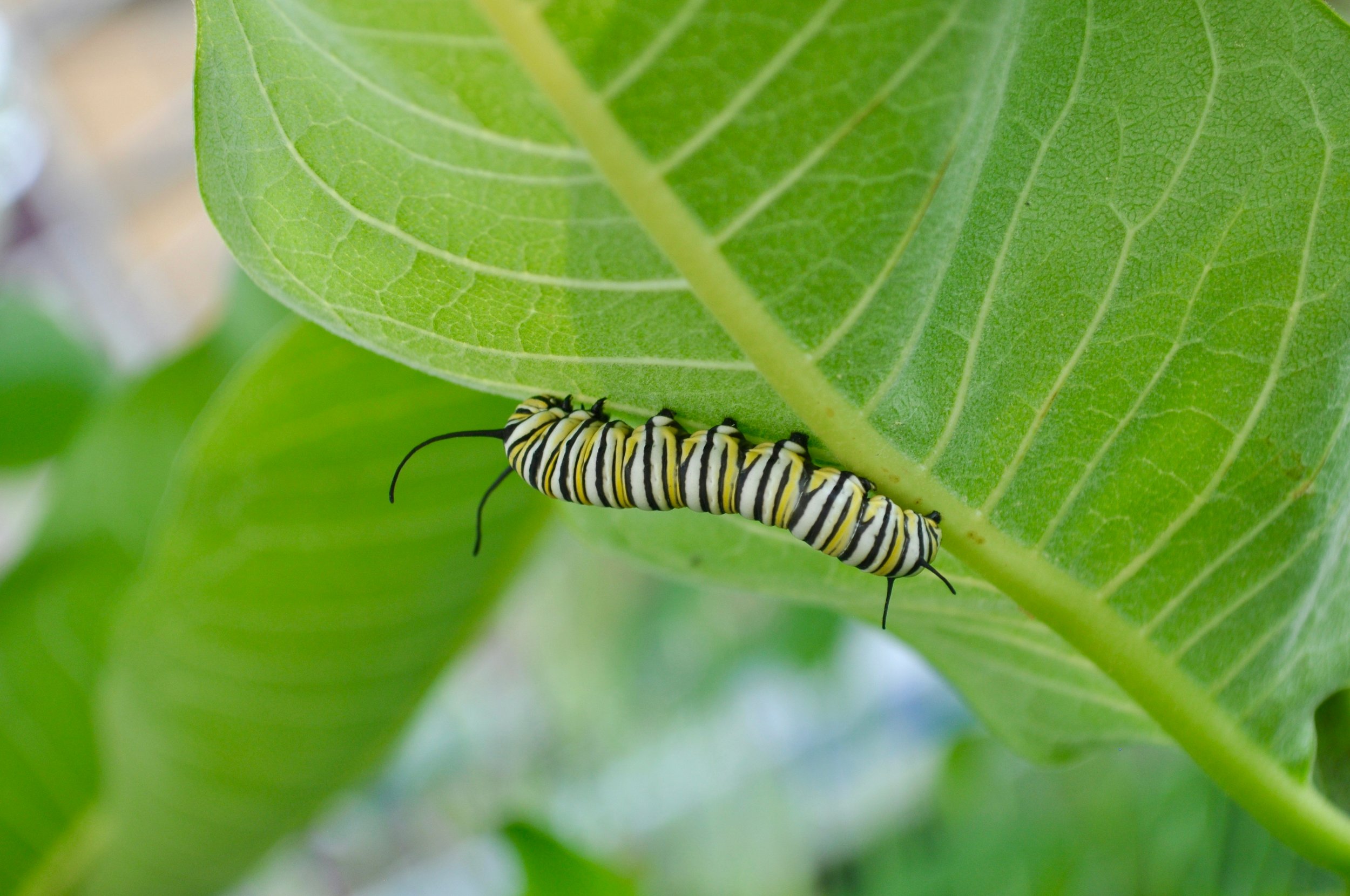Just because Shark Week is over doesn’t mean we have to stop talking about these incredible creatures and their vast habitat - THE OCEAN.
Many of us have been to the beach, and possibly even snorkeled under the water or explored even deeper on a scuba dive. But even then, we are only scraping the surface of how vast the ocean is.
In fact, the ocean is made up of 5 layers called zones. Let’s take a look!
OCEAN ZONES
Going from the bottom to the top:
Trench Zone (Hadalpelagic Zone)
Abyss (Abyssopelagic Zone)
Midnight Zone (Bathypelagic Zone)
Twilight Zone (Mesopelagic Zone)
Sunlight Zone (Epipelagic Zone)
The depth of the ocean is defined by the amount of light each zone receives. Remarkably, different organisms thrive in each of these zones, although the majority of marine life is found in the sunlight zone.
What are some of the creatures one might find living in the different ocean zones?
Trench Zone (Hadalpelagic Zone): grenadiers, pearlfish, cusk-eels, cutthroat eels.
Temperatures in the trenches are freezing or below, but the water pressure is extreme at eight tons per square inch in the Mariana Trench (the deepest ocean trench on Earth).
Abyss (Abyssopelagic Zone): Mainly invertebrates like tiny squid or basket stars
The Abyssal Zone (aka “the abyss”) contains zero sunlight and crushing levels of water pressure. Although the Abyssal zone alone covers around 83% of the total area of the ocean, very few animals can handle the extreme conditions.
Midnight Zone (Bathypelagic Zone): Mussels, Algae, Sperm Whales, anglerfish
The Midnight Zone, as you may have guessed, doesn’t have any sunlight. Any light that IS produced here comes from bioluminescent fish. Like the Twilight Zone, photosynthesis does not occur here, which means you won’t see any plants living in this zone.
Twilight Zone (Mesopelagic Zone): Sea Star, Squid, Eel
Most of the creatures that live on the seafloor live in the Twilight Zone. Since only filtered light reaches this zone, many creatures living here have large eyes or glow in the dark!
Sunlight Zone (Epipelagic Zone): Sharks, stingrays, jellyfish, sea turtles, plants
Called the Sunlight Zone because this zone is FULL of sunlight, giving this zone ideal living conditions for a wide variety of sea life!
DIY ACTIVITY: OCEAN IN A JAR
Are you learning about the ocean this summer? Teach your child about the five zones of an ocean by creating this layered jar.
Here’s what you’ll need:
Large clear jar
Food coloring (black, blue, yellow, purple and green)
Funnels
A dropper
¾* cup of each: corn syrup, oil, dish soap, water, and rubbing alcohol. *You can adjust the amount based on the size of your jar.
Going from the bottom to the top:
Trench Zone (Hadalpelagic Zone): Corn Syrup (tinted black)
Abyss (Abyssopelagic Zone): Dish soap (tinted purple/dark blue)
Midnight Zone (Bathypelagic Zone): Water (tinted dark green)
Twilight Zone (Mesopelagic Zone): Oil (tinted dark blue)
Sunlight Zone (Epipelagic Zone): Rubbing Alcohol (tinted light blue)
Procedure:
1. Add some black food coloring to 3/4 cup of corn syrup and pour into the bottom of your jar.
2. Mix blue food coloring into 3/4 cup of dish soap. Our dish soap was already blue, but I added a little more blue food coloring to make it darker (in hindsight I would have added less coloring as it was darker than I wanted). Add it to the jar using a funnel.
3. Put blue food coloring in 3/4 cup of water and use a funnel to slowly and carefully layer it on top of the dish soap.
4. Next, you’ll add your oil. If you want to change this to a blue color, you will need to add oil-based food coloring.
5. Finally, you will add 3/4 cup of rubbing alcohol. You’ll want to use a dropper to slowly add it to the top of the oil, making sure not to break the barrier between the oil and water.
Tips:
Position jar in front of window to really see the colors!
Label each zone with stickers
Chat with your children about what creatures live in each zone
This post inspired by: Make Your Own Ocean Zones in a Jar - I Can Teach My Child! And The 5 Ocean Zones And The Creatures That Live Within Them | Cape Clasp*
















